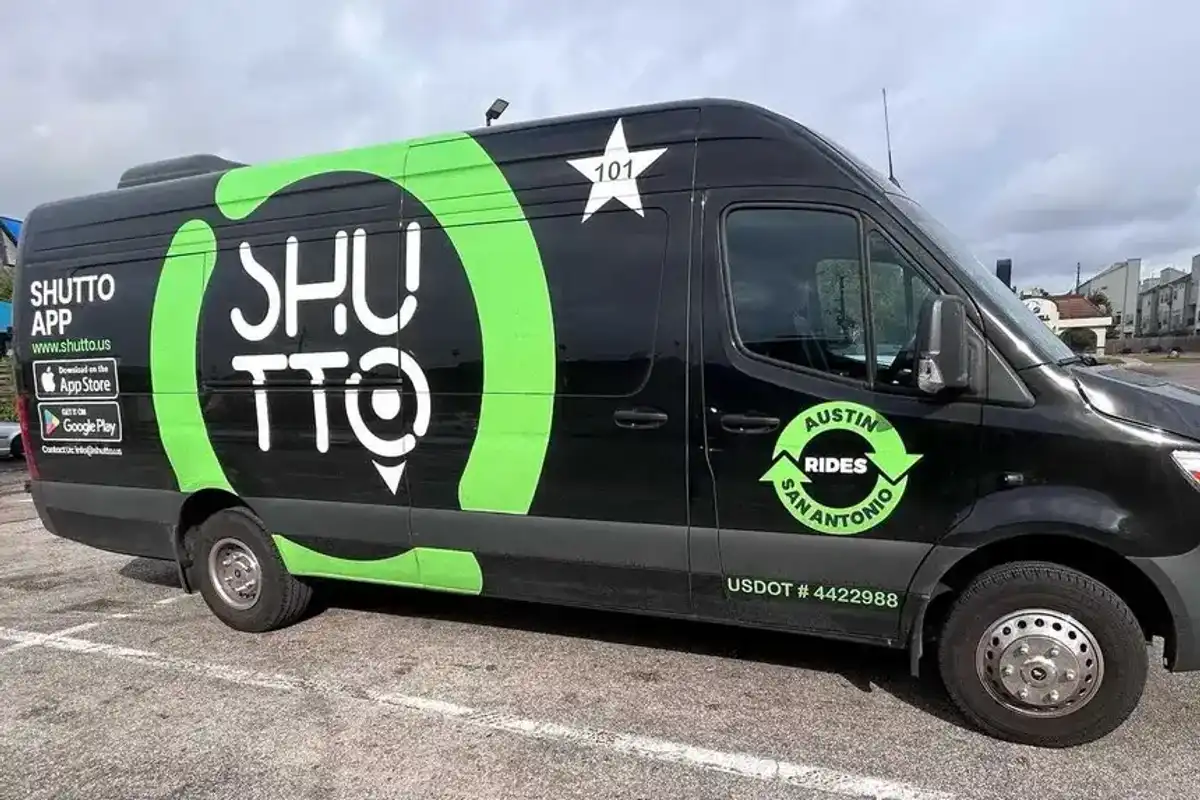Houston expert shares 5 tips for optimizing LinkedIn for business, career development
guest column
In today's digital age, LinkedIn has emerged as a powerhouse for professional networking and career development. With over 774 million users worldwide, it is essential to not only have a presence on the platform but also to use it effectively.
As a digital marketing consultant, I work closely with companies and leaders to help them leverage LinkedIn successfully. Here are some of my tips and tricks for getting the most out of LinkedIn.
Keep your profile updated
Your LinkedIn profile is your digital resume and the first impression you make on potential connections. Having once been known mostly as a platform for job seekers, an up-to-date LinkedIn profile is essential for showcasing your skills, experiences, and achievements. Relatively new features such as your profile headline and skill summary reflect your current professional status and aspirations. Include a professional-looking profile photo and don’t leave the header image blank; consider one promoting your company, one of you “in action” speaking at an event, or sharing a mission statement.
Curating a comprehensive LinkedIn profile with past work experiences and education alma maters helps you build a more relevant community. Volunteer experiences, publications, and special projects serve as a great means to diversify your profile and highlight skills beyond your professional work. Asking for recommendations from colleagues or supervisors adds noteworthy credibility in creating a well-rounded profile.
Define your audience and goals
Before diving into the sea of connections, think about your goals for using LinkedIn. Are you looking for job opportunities, networking with industry leaders, or building a thought leadership brand? Identifying your specific objectives will help you tailor your profile and content accordingly. Who are you hoping will see and engage with your content? Determine your target audience, whether it is professionals in your industry, potential employers, or like-minded individuals. This will guide your engagement and content strategy
Establish a clear voice and persona
Consistency is key when building your online persona. Your LinkedIn profile should reflect your professional identity, yet your voice should be genuine to your goals. Are you a brand promoter working to advance a company’s mission, a thought leader with expertise in a niche field, or an industry expert who can speak knowledgably about broad trending topics? Whether you are aiming for a formal, informative tone or a more casual, conversational approach, maintaining a consistent voice across your profile and content helps build a recognizable personal brand.
Don’t be shy to show your audience the authentic “you”. While focused on professional content sharing, LinkedIn can also be a place to post about personal experiences. For instance, a recent family vacation could be a lead-in to explaining how your father was the one who put you on track for your current career path or a photo from a race you completed to raise money for a rare disease that your best friend suffers from.
Use varied tools and engage
LinkedIn offers a variety of content formats, including text posts, articles, images, videos, polls, and more. Experimenting with different formats can help you identify what resonates best with your audience. Share industry insights, success stories, professional accomplishments, and upcoming speaking opportunities while incorporating multimedia elements to make your content more engaging. Ask questions – give your audience a reason to engage by leaving them with food for thought at the end of your posts. Try to be consistent with your posting strategy; a good rule of thumb is one post per week.
Maybe even more important than posting your own content is engaging with others’ content. Find groups that resonate with you and follow people that have similar interests to you. LinkedIn has one of the largest editorial teams across all news platforms. Many people are unaware of the LinkedIn news feed (top right of the home page) and how editors build their stories off trending content from LinkedIn users. Don’t forget about hashtags – this is how people and organizations will find your content and engage with you.
Individualize success measurements
Success on LinkedIn varies from person to person based on individual goals. Whether you are aiming to increase your profile views and engagement, grow your followers, or connect with influential professionals, define your own metrics for success. LinkedIn has built in analytics tools to monitor the growth of your network and assess the impact of your content on achieving your objectives. Regularly review and adjust your strategy based on the insights gained from these metrics.
Mastering any social media platform, including LinkedIn, takes time to build a community and establish your voice. By strategically navigating the platform, you can unlock new opportunities, expand your professional network, and position yourself as a thought leader in your industry. So what are you waiting for – polish up your profile, start writing, and let LinkedIn be the catalyst for your professional success.
___
Arielle Rogg is the principal and founder of Rogg Enterprises, a Houston-based company providing digital marketing for health care innovators.
- From VC funding tips to marketing advice, here's what guest columns were the most read this year ›
- Houston innovators find 'perfect storm' for fintech and marketing platform ›
- How to leverage mobile marketing for your startup, according to this Houston expert ›
- Expert shares 5 workplace trends for Houston businesses in 2023 ›





